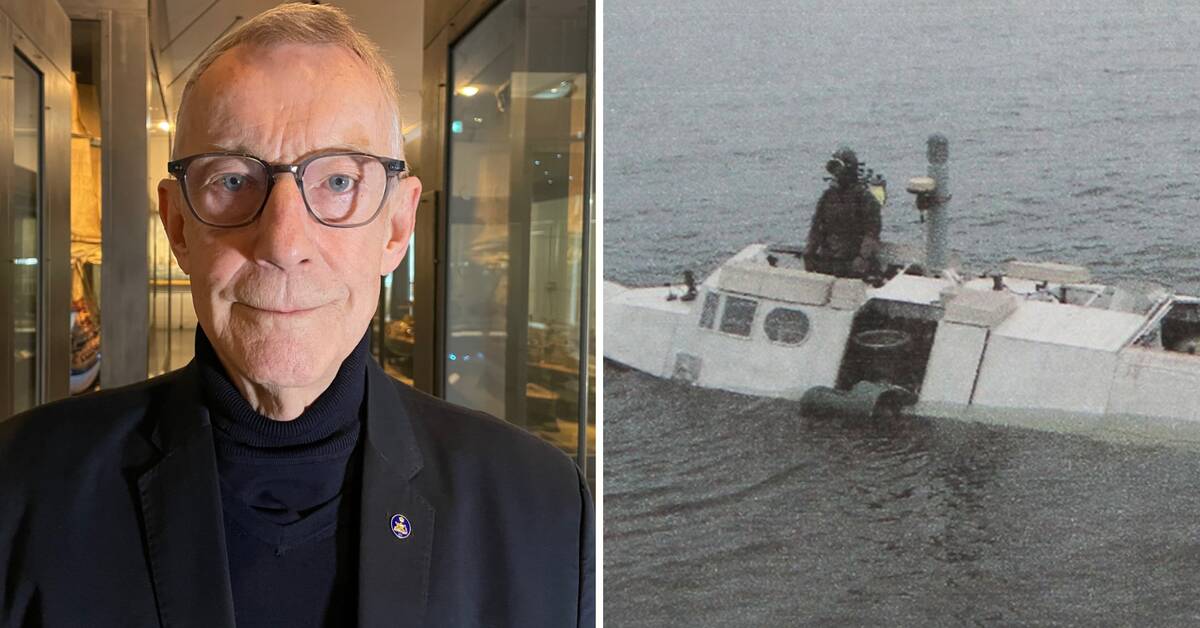The Triton NN underwater vehicle is described as both agile and fast. Underwater it can sneak forward and on the water it is described as a "motor torpedo boat" that can drive at 30-40 knots. The craft is made for advanced intelligence activities.
And it is thus this craft that the former officer and author Nils-Ove Jansson claims was inside the port of Gävle in 2017. The assignment should have been to explore the possibility of placing a so-called atomic mine that, in the event of a detonation, could render the port unusable, says Nils-Ove Jansson.
"That's my conclusion from what the operation was about," he says.
Can't rule out natural explanations
Hans Liwång, an associate professor at the Swedish Defence University, is critical of the former officer's conclusions and believes that it is not possible to establish that it was a Russian underwater vehicle.
"We cannot rule out natural explanations that cause the sonar beams to bounce in this way so that it looks like there is an object in the water," says Hans Liwång.
Javascript is turned off
Javascript must be turned on to play video
Learn more about browser support
"The book's conclusions from what has been presented are too far-reaching" – hear Hans Liwång's objections that it would have been a Russian craft in the port of Gävle.
It was in June 2017 that personnel during a sea survey discovered an unknown object on the sonar under the water near the quay in the port of Gävle. A few hours later, the object was gone. Due to technical presets, the material was overplayed and the measurement data over the object was stated to be gone.
"Exactly matches a Triton NN"
Now, almost six years later, new information has come to light.
"I was informed that there could be interesting information left on the hard drive," says Nils-Ove Jansson.
With the help of experts, new data has been able to be analyzed. The object was studied based on twelve similarities, such as length and width.
- Then it's exactly consistent with a Triton NN.

